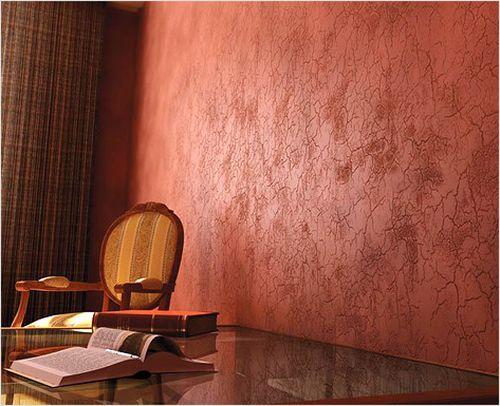How to apply decorative plaster
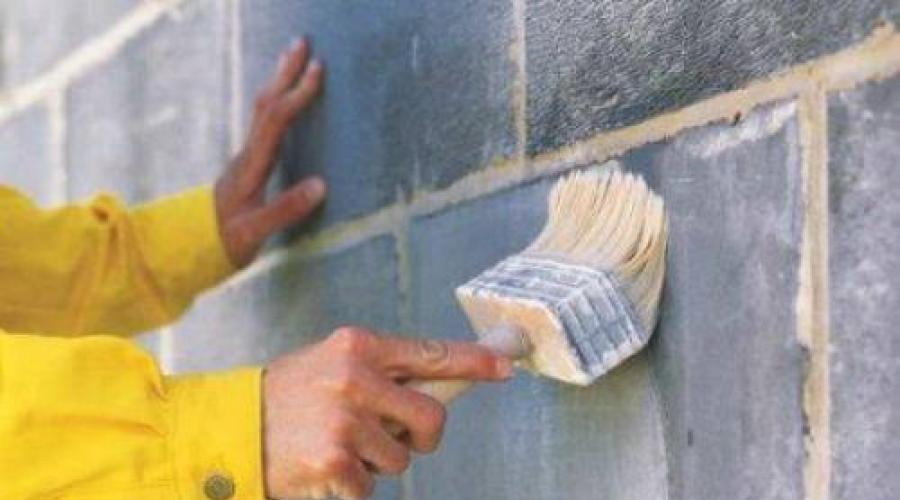
The concept of "decorative plaster" combines many different building mixtures intended for finishing the walls of rooms. This includes flock, and Venetian plasters, and liquid wallpaper, and plasters that imitate various surfaces and structures, such as natural stone or wood.
The addition of solid particles to the mixture during their application gives an interesting and original pattern. Also, such plasters can be mixed with dyes of the desired shades.
When using decorative plaster for wall decoration, as a rule, it becomes the finishing one. Its appearance makes it possible to create any style of interior without resorting to the use of additional materials.
The very process of applying plaster is quite simple, if you clearly follow the instructions for its preparation and know a few simple secrets. In addition, this is a creative process that allows you to show your artistic abilities and give the premises a unique look.
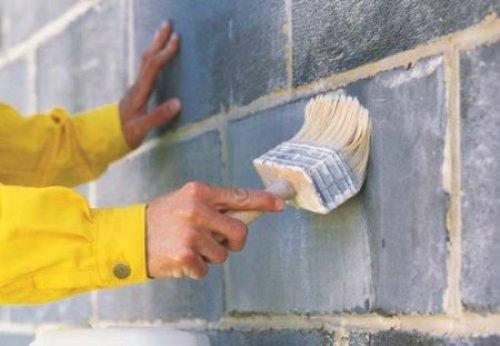
Before you start applying the plaster itself, it is necessary to prepare the surface of the walls. It must be cleaned of old wallpaper or loose ball, carefully leveled and sanded. Dust that has settled on the walls must be completely removed with a brush. After cleaning the surface, it is primed. The primer can be used as an ordinary primer, as well as a primer-impregnation. In the first case, it is applied with a spatula, in the second - with a roller or a wide brush.
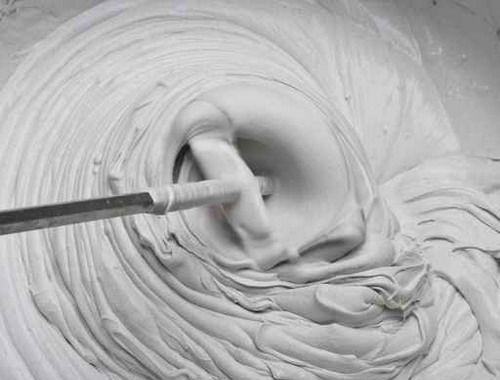
While the primer on the walls dries, you can start preparing decorative plaster. It is usually sold in plastic buckets of various capacities as a dry mix. To prepare it, you must strictly follow the instructions on the package. The preparation itself will not be difficult - as a rule, it is enough to place the mixture with a drill with a special nozzle. If there is no drill, you can use a piece of rebar or a wooden board.
Various dyes can also be added to the mixed plaster to obtain the desired shade. There are several ways to add dye. You can add it directly to the bucket with the mixture (proportions 1:10), only to the finishing composition, or dilute it with the mixture in proportions 1:1 and apply it to the wall with a roller or sponge with chaotic strokes. If the first two options are standard application methods and result in a surface that is uniform in color, then the last option is more of a creative approach that requires more time, but the result is worth it.
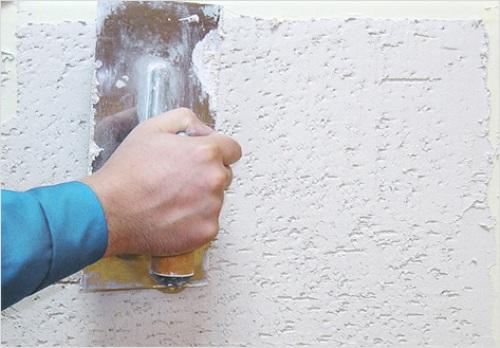
The plaster is applied to the wall with a spatula or trowel. The layer of plaster ranges from 2 to 5 mm. Due to the fact that the surface was pre-leveled and impregnated with a primer, the plaster lays evenly and is not absorbed by the pores of the walls. For applying plaster, it is convenient to use a wide tool that allows you to capture a large area.
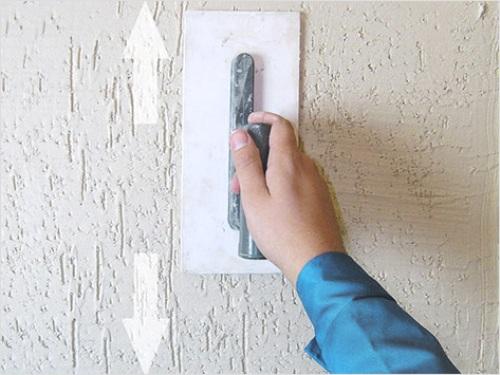
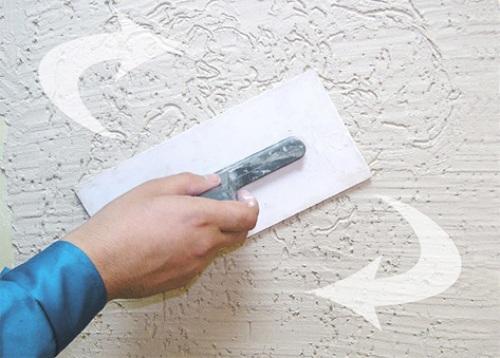
Depending on the composition of the mixture and the method of its application, different textures can be obtained. The mixture can be applied with a spatula, moving up and down or in a circular motion. You can also experiment with different tools for applying the mixture.
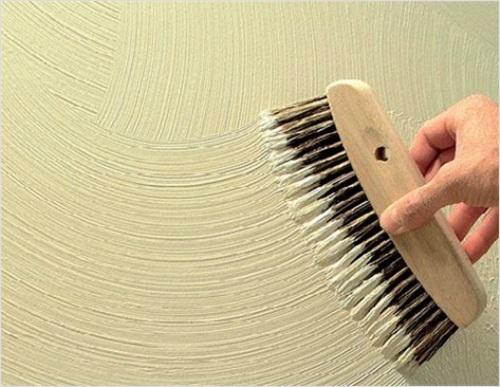
Using a large, hard-bristled brush, for example, will give the texture a wave shape.
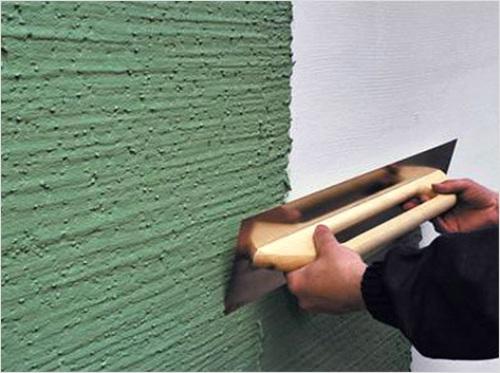
With the help of toothed trowels or rollers, as well as various stamps, repeating reliefs are created.
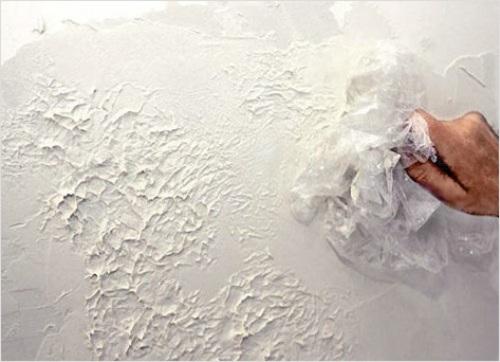
To obtain non-standard reliefs, you can also use improvised materials. A crumpled plastic bag, which is pressed against the still wet layer of the mixture, gives the effect of a “moon surface”.
After application, decorative plaster can dry from 8 hours to two days, depending on the thickness of the applied layer. After drying, the surface of the walls is lightly sanded with fine-grained sandpaper to remove the sharp edges of the relief and cleaned of dust.
The last step is to apply the final protective composition. It must be chosen depending on the type of plaster. Some experts use a special wax instead, which protects the plaster layer from moisture.
Video on how to apply decorative plaster
I propose to visually see the process of applying decorative plaster and the arrangement of various textured patterns in the video lesson.
Examples of interiors with decorative plaster
